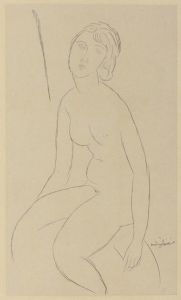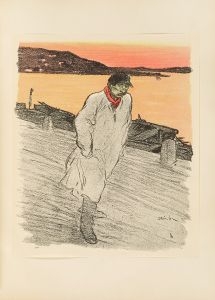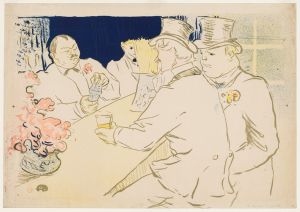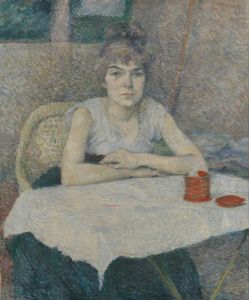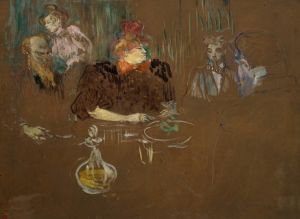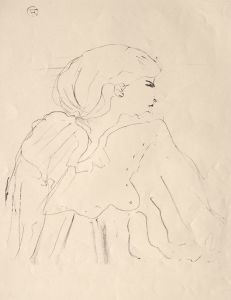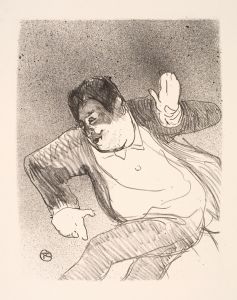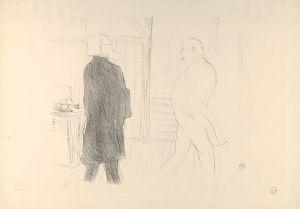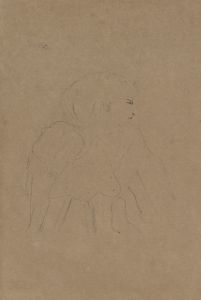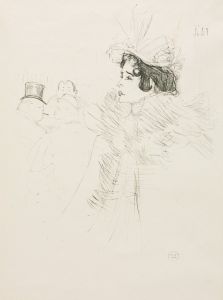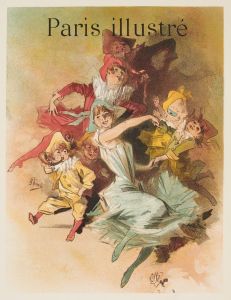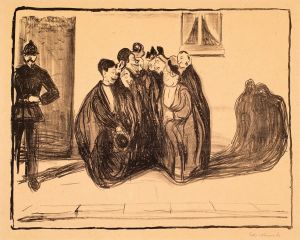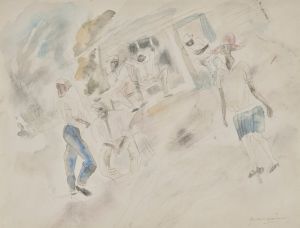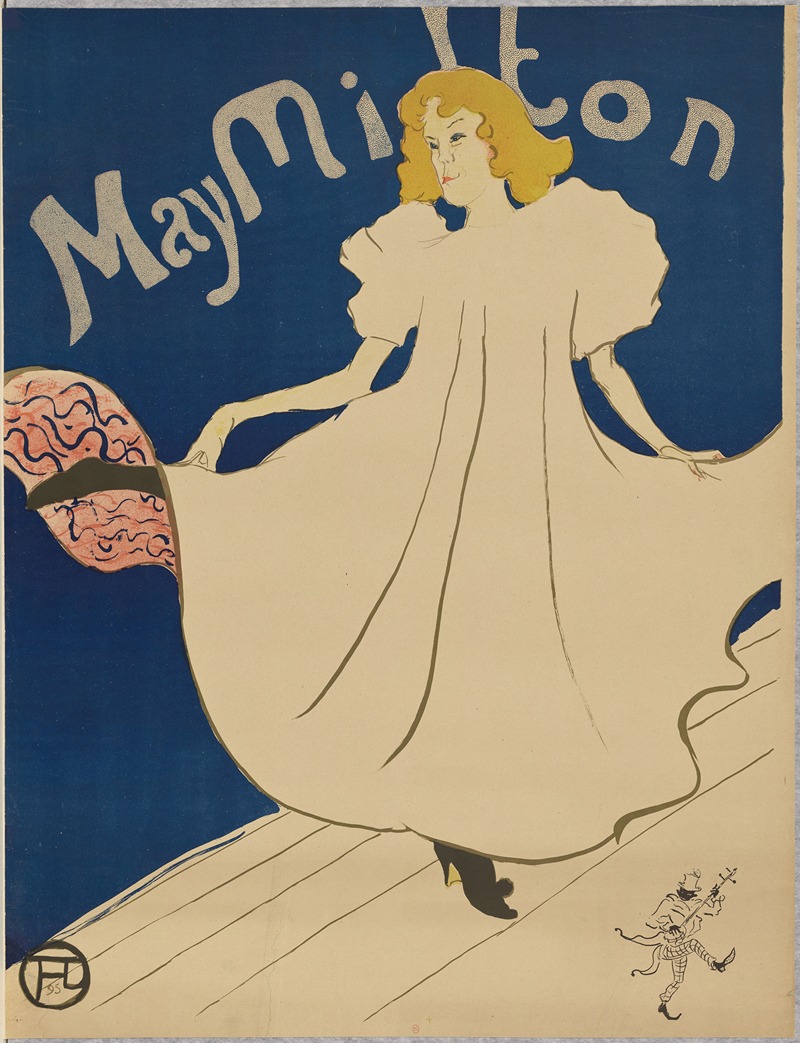
May Milton
A hand-painted replica of Henri de Toulouse-Lautrec’s masterpiece May Milton, meticulously crafted by professional artists to capture the true essence of the original. Each piece is created with museum-quality canvas and rare mineral pigments, carefully painted by experienced artists with delicate brushstrokes and rich, layered colors to perfectly recreate the texture of the original artwork. Unlike machine-printed reproductions, this hand-painted version brings the painting to life, infused with the artist’s emotions and skill in every stroke. Whether for personal collection or home decoration, it instantly elevates the artistic atmosphere of any space.
Henri de Toulouse-Lautrec, a prominent French painter and illustrator, created the artwork "May Milton" in 1895. This piece is a color lithograph, a medium that Lautrec frequently employed to capture the vibrant nightlife and entertainment scenes of Paris during the late 19th century. "May Milton" is part of Lautrec's series of posters and prints that depict the performers and personalities of the Montmartre district, a hub of artistic and bohemian activity during this period.
The subject of the lithograph, May Milton, was a British dancer and performer who was active in the Parisian cabaret scene. Lautrec's depiction of Milton is characteristic of his style, which often included bold outlines, flat areas of color, and a keen attention to the personality and presence of his subjects. In "May Milton," Lautrec captures the dancer in a dynamic pose, emphasizing her movement and the theatricality of her performance. The background is minimal, focusing the viewer's attention on Milton herself, which was a common technique Lautrec used to highlight the individuality and charisma of his subjects.
Lautrec's work is notable for its innovative use of lithography, a printmaking technique that allowed for the mass production of images. This was particularly important for his posters, which were designed to be displayed in public spaces to advertise performances and events. The lithograph of May Milton was likely intended as a promotional piece, showcasing the dancer's talent and allure to potential audiences. The use of vibrant colors and expressive lines in the lithograph reflects Lautrec's ability to convey the energy and excitement of the Parisian nightlife.
Henri de Toulouse-Lautrec was deeply embedded in the cultural life of Montmartre, and his work provides a vivid record of the performers and venues that defined the era. His depictions of dancers, singers, and other entertainers are not only artistic achievements but also historical documents that offer insight into the social and cultural dynamics of the time. "May Milton" is a testament to Lautrec's skill in capturing the essence of his subjects and his contribution to the development of modern poster art.
The lithograph is part of the collection at the Metropolitan Museum of Art in New York, where it is appreciated both for its artistic merit and its historical significance. Lautrec's work, including "May Milton," continues to be celebrated for its innovative approach to portraiture and its role in the evolution of graphic arts. His ability to blend fine art with commercial appeal has left a lasting impact on both the art world and popular culture.
Overall, "May Milton" exemplifies Henri de Toulouse-Lautrec's mastery of lithography and his unique ability to capture the spirit of the performers who populated the vibrant world of Montmartre. Through his work, Lautrec not only documented the cultural landscape of his time but also elevated the status of poster art, influencing generations of artists to come.





